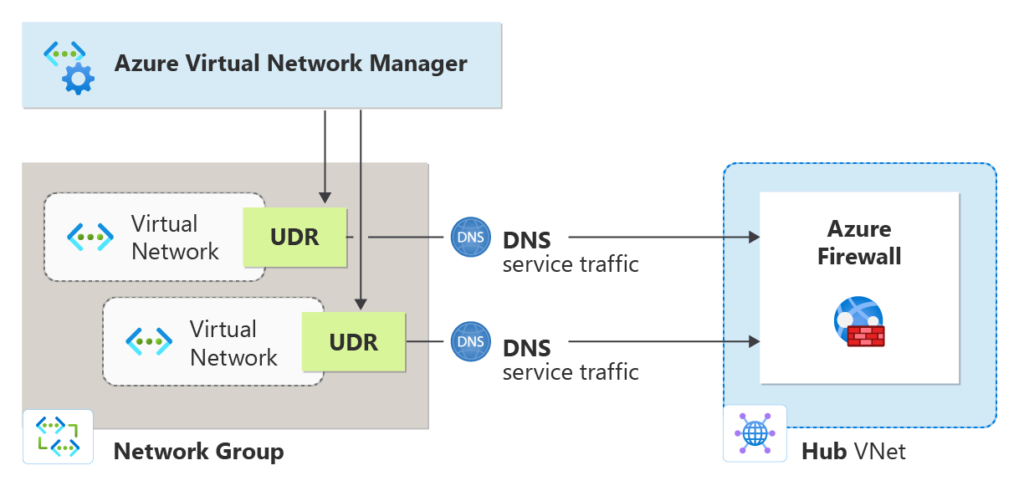Dear Azure Community,
Microsoft has announced the general availability of converting existing Azure managed disks to Premium SSD v2, offering a significant boost in performance and flexibility for your workloads.

Microsoft Azure MVP | Cloud Computing
Dear Azure Community,
Microsoft has announced the general availability of converting existing Azure managed disks to Premium SSD v2, offering a significant boost in performance and flexibility for your workloads.

Hello everyone,
Microsoft has introduced the Cross-Subscription Load Balancer, now available in public preview. This new capability enables organizations to manage load balancing across multiple subscriptions, improving flexibility and simplifying network architecture in Azure.

Dear Azure Community,
Microsoft has announced the public preview of the Application Volume Group for Oracle within Azure NetApp Files, aiming to streamline the deployment and management of Oracle databases on Azure.

Hello Azure Enthusiasts,
Microsoft has introduced new reporting capabilities for Azure Site Recovery, now available in public preview. This enhancement empowers Backup and Disaster Recovery administrators with comprehensive insights into their protected environments, facilitating improved monitoring and management.

Dear readers,
Microsoft has recently unveiled the public preview of Azure Web Application Firewall (WAF) and Azure Firewall integrations within Microsoft Security Copilot, marking a significant advancement in cloud security management. These integrations harness the power of generative AI to provide security professionals with enhanced tools for threat analysis and response.

Hello everyone,
If you’re looking for a simpler, more affordable way to distribute traffic in Azure, Microsoft has just launched the public preview of Azure Application Gateway v2 Basic SKU. This new option is designed for developers and small to medium-sized businesses that need a reliable load balancer without the complexity of advanced configurations.

Hey everyone,
Managing network routing at scale just got easier! Microsoft has launched the public preview of User-Defined Route (UDR) management within Azure Virtual Network Manager (AVNM), bringing centralized and automated routing to your Azure environment.

Hey folks,
Keeping track of changes in your Azure environment just got a whole lot easier! Microsoft has introduced the public preview of Azure Change Analysis’s new portal experience, providing an enhanced way to monitor, analyze, and troubleshoot changes across your resources.

Hello everyone,
If you rely on mission-critical applications that use shared disks, there’s exciting news from Azure! Microsoft has announced the public preview of disaster recovery (DR) support for shared disks in Azure Site Recovery, making it easier to protect workloads that require high availability, such as SQL Server Failover Cluster Instances (FCI), SAP ASCS, and Scale-out File Servers.
This new capability allows Azure-to-Azure disaster recovery for Windows virtual machines running Windows Server Failover Clustering (WSFC) in an active-passive configuration. With this, you can now set up DR strategies that keep your clustered applications resilient even in case of unexpected failures.

Hello Guys,
If you are looking for a simple and effective way to protect your Azure workloads from data loss or disaster, you might be interested in the new feature that is now available in public preview: crash consistent VM restore points.
A crash consistent VM restore point is an agentless solution that stores the VM configuration and point-in-time write-order consistent snapshots for all managed disks attached to a Virtual Machine. This is same as the status of data in the VM after a power outage or a crash.
Continue reading “Crash consistent VM restore points in Azure”